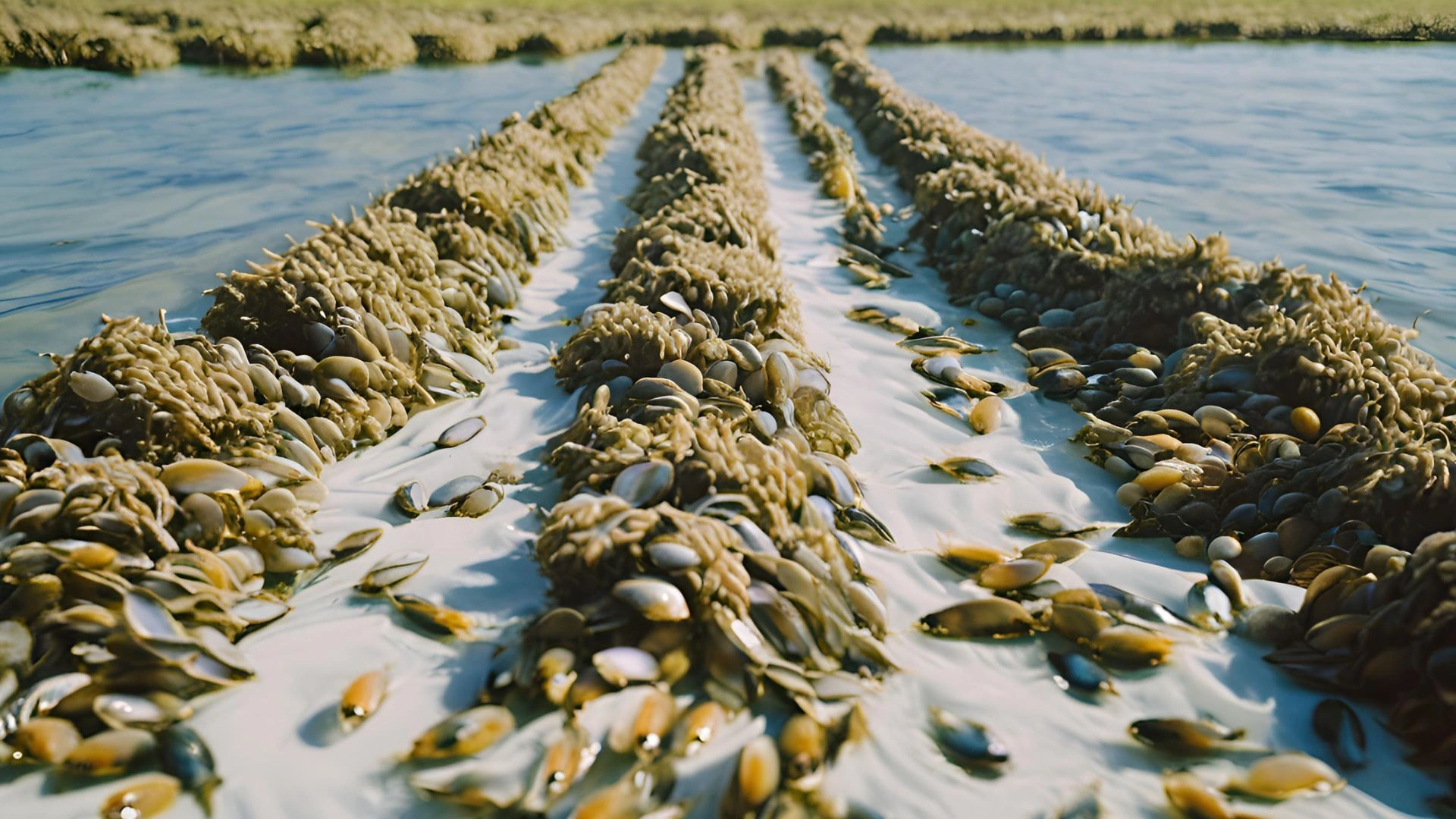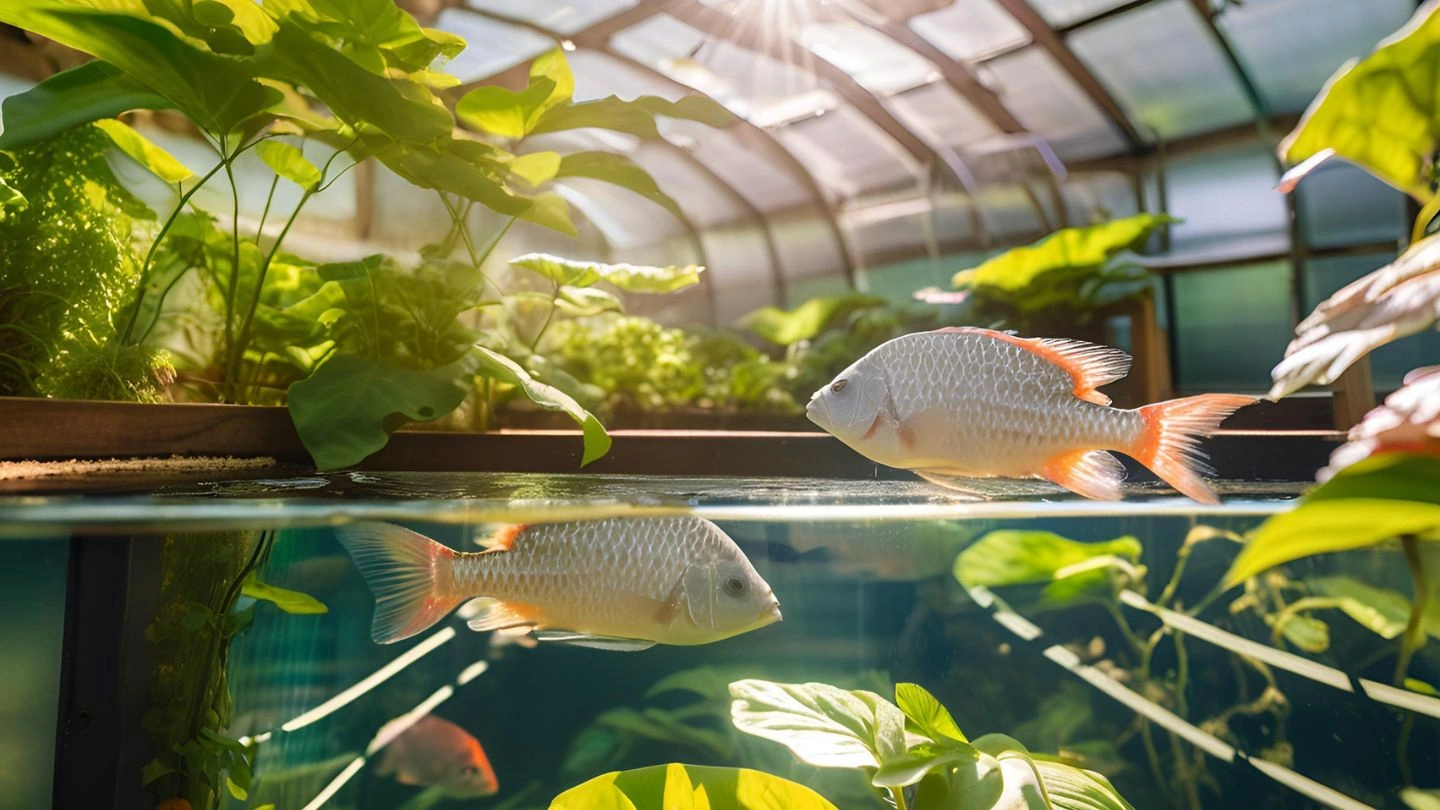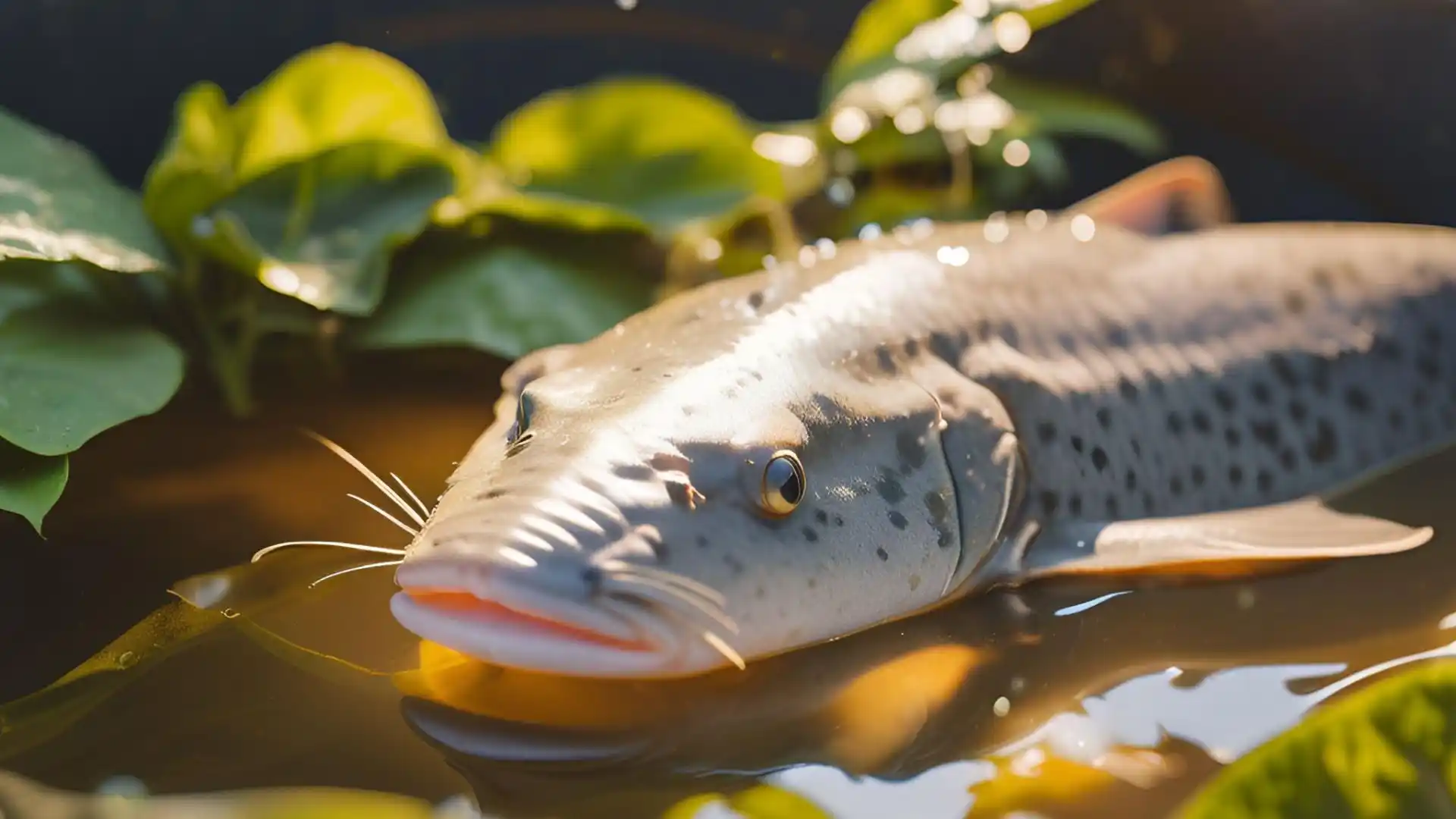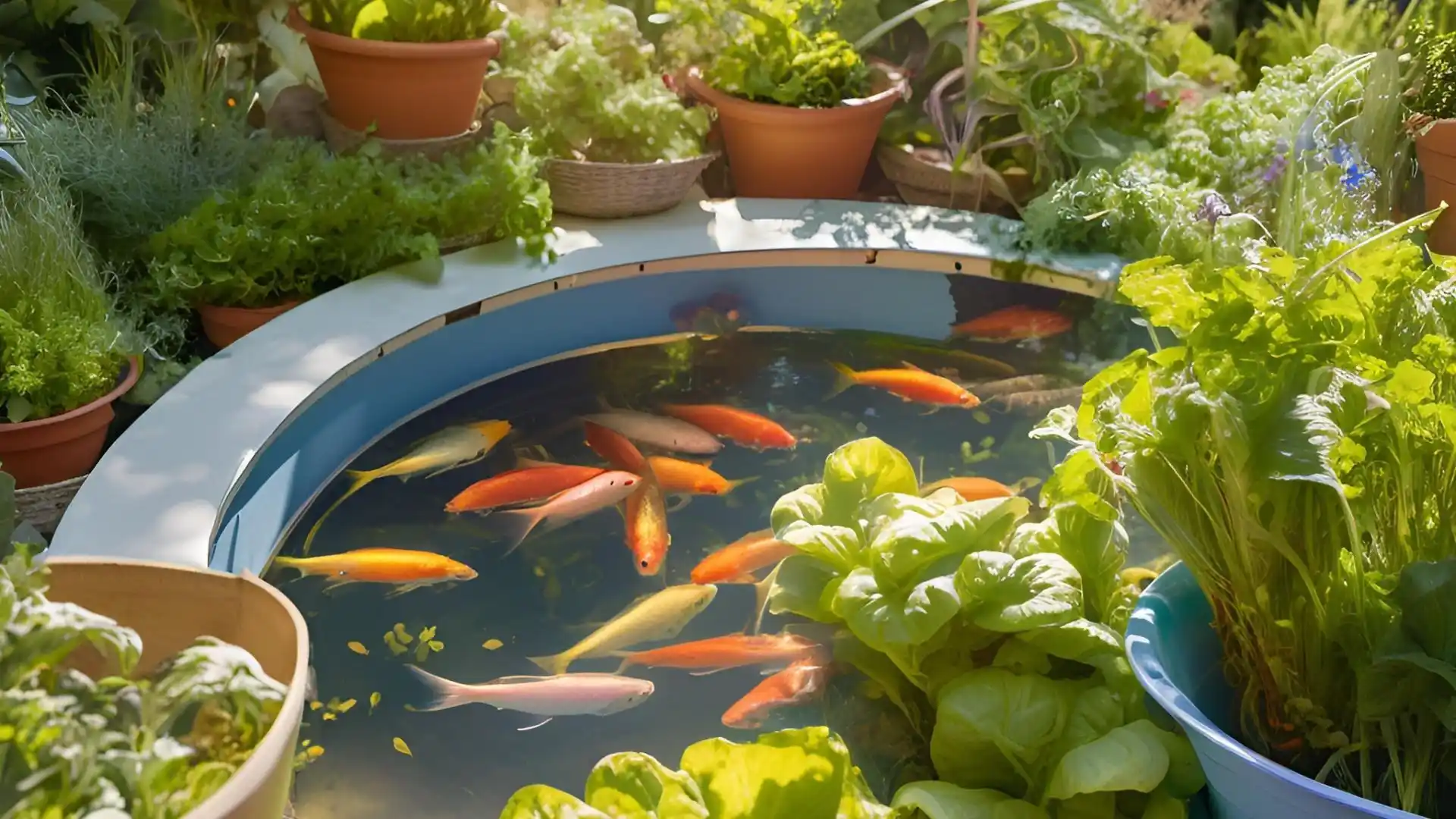The Difference Between Aquaculture and Mariculture that You Should Know
The growing demand for sustainable food sources, particularly seafood, has led to the rise of aquaculture and mariculture as essential methods for cultivating marine and freshwater organisms. As the global population continues to expand, both aquaculture and mariculture offer solutions to meet this demand while ensuring sustainable practices.
In this article, we will explore the key differences between aquaculture and mariculture, the opportunities they provide, and how Fishery FnB Tech is playing a pivotal role in connecting local fish farmers in Indonesia to global investors.
Contents
- 1 What is Mariculture?
- 2 What is Aquaculture?
- 3 The Difference Between Aquaculture and Mariculture
- 4 The Interconnection of Aquaculture and Mariculture
- 5 Can the Same Fish be Grown in Aquaculture and Mariculture?
- 6 10 Common Mariculture and Aquaculture Livestock
- 7 Fishery FnB Tech is a Solution to Help Your Aquaculture Business
- 8 Conclusion
- 9 Frequently Asked Questions
What is Mariculture?
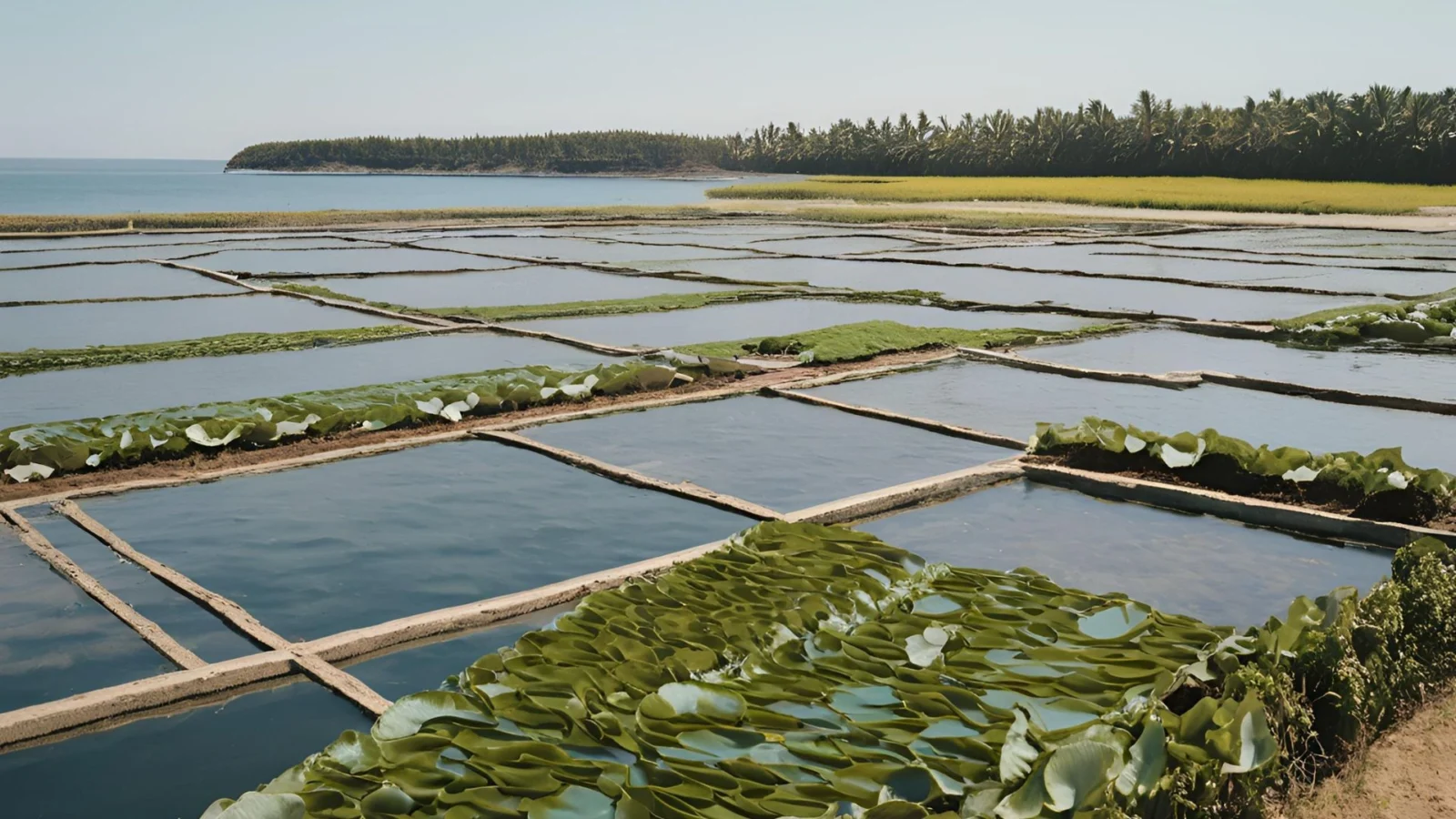
Mariculture is a branch of aquaculture focused on farming marine organisms in their natural marine environments such as seas, oceans, and estuaries. It typically involves the cultivation of marine species, including fish, shellfish, and seaweed, in controlled environments designed to mimic their natural habitats. This practice is commonly done using offshore fish farms, sea cages, and suspended culture systems for shellfish and seaweed farming.
Mariculture aims to provide a sustainable source of marine products while minimizing the impact on wild fish populations. Unlike traditional fishing, which relies on catching fish from the wild, mariculture allows for the controlled breeding, growth, and harvesting of marine species. This makes it a crucial solution in ensuring the availability of seafood for an ever-growing global population while reducing the overexploitation of natural marine resources.
What is Aquaculture?
Aquaculture refers to the practice of farming aquatic organisms, including fish, shellfish, and plants, in controlled environments. This practice encompasses both freshwater and marine environments, unlike mariculture, which is strictly focused on marine species.
Aquaculture involves the cultivation of species in inland water bodies, such as ponds, rivers, and lakes, as well as in marine environments like oceans and estuaries.
Aquaculture is an integral part of the global food production system, providing a sustainable alternative to wild fisheries that are increasingly overexploited. It includes both freshwater aquaculture, which typically involves species such as tilapia and catfish, and marine aquaculture, which includes the farming of species such as salmon, sea bass, and shellfish.
The goal of aquaculture is to produce high-quality seafood while minimizing environmental impacts. To achieve this, aquaculture operations often employ a variety of farming techniques such as closed-loop systems, recirculating aquaculture systems (RAS), and offshore fish farms, all of which aim to optimize productivity and reduce ecological damage.
The Difference Between Aquaculture and Mariculture
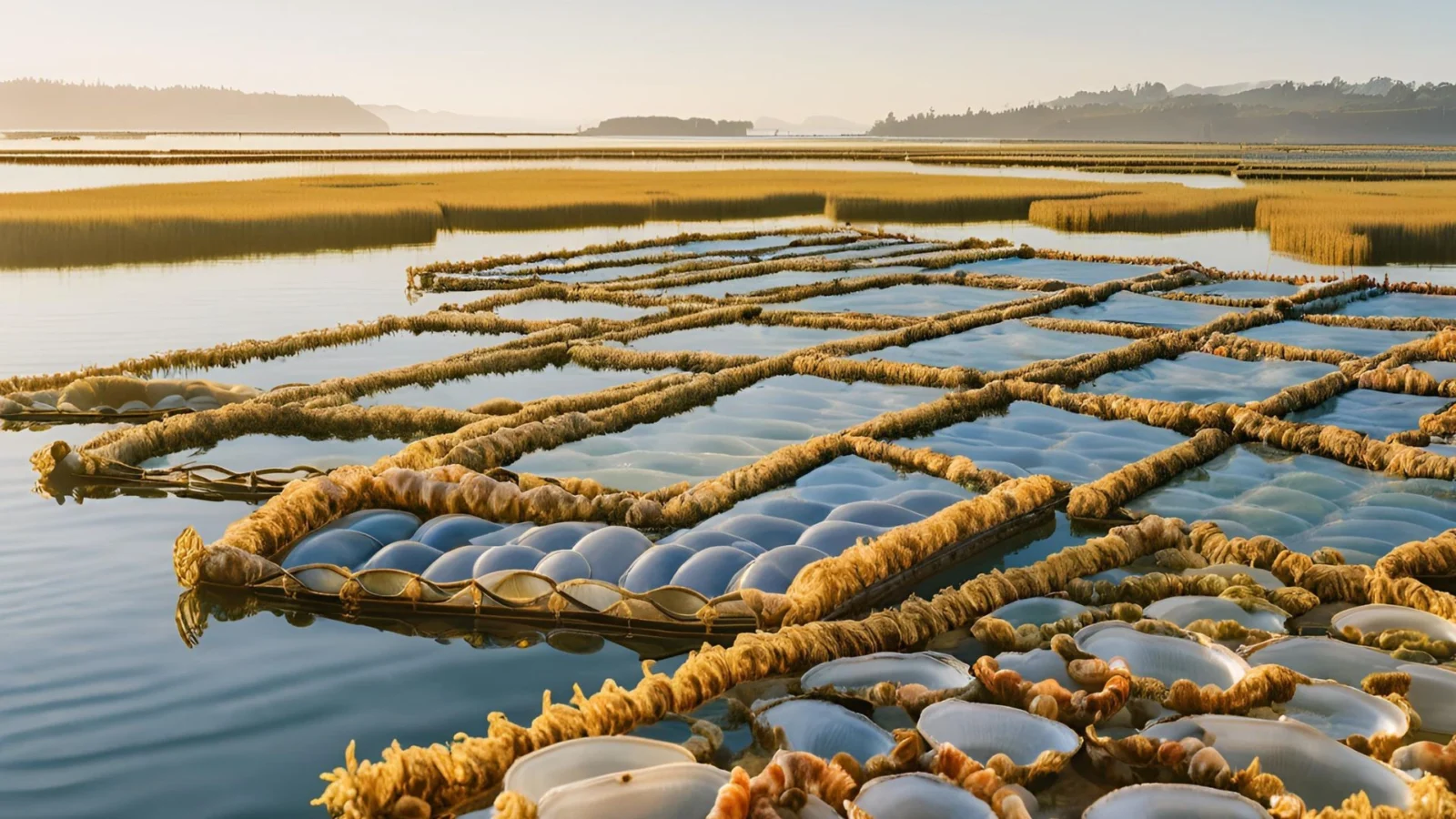
Before diving deeper into how both practices contribute to sustainable food production, it’s essential to understand their key differences. While both aquaculture and mariculture play crucial roles in the global seafood industry, they differ significantly in terms of the environments they utilize and the types of species they focus on. Here’s a comparison to help clarify the distinctions between these two methods:
| Aspect | Aquaculture | Mariculture |
| Definition | Farming of both marine and freshwater species. | Farming of marine organisms exclusively in marine environments. |
| Environments | Includes freshwater environments (ponds, rivers, tanks) and marine environments (sea cages, offshore farms). | Exclusively takes place in marine environments such as seas and oceans. |
| Species Farmed | Freshwater species (e.g., tilapia, catfish) and marine species (e.g., salmon, sea bass). | Marine species only, such as shellfish, marine fish, and seaweed. |
| Techniques | Can include land-based systems, recirculating aquaculture systems (RAS), and marine farming systems. | Primarily uses offshore farming techniques and sea cages for marine organisms. |
| Focus | Broader, includes both freshwater and marine farming techniques. | Specializes in marine organisms and focuses on sustainable farming in seawater environments. |
The Interconnection of Aquaculture and Mariculture
Aquaculture and mariculture, while distinct in their approaches and environments, are deeply interconnected in their goals and contributions to the seafood industry. Both practices aim to provide sustainable sources of food, reduce the pressure on wild fish populations, and improve global food security.
While aquaculture includes both freshwater and marine farming systems, mariculture is a specialized form of aquaculture that focuses specifically on farming marine species in seawater environments. These two practices complement each other by diversifying farming options and species, contributing to a more resilient and adaptable seafood production system.
As the world faces the challenges of overfishing, climate change, and increasing demand for seafood, aquaculture and mariculture together provide solutions that promote sustainability, resource efficiency, and environmental stewardship. Both practices are integral to meeting global seafood needs while preserving the health of marine ecosystems.
Can the Same Fish be Grown in Aquaculture and Mariculture?
Yes, certain fish species can be farmed in both aquaculture and mariculture environments, though their farming conditions will vary. Species like salmon, tilapia, and trout are examples of fish that can be successfully cultivated in both freshwater aquaculture systems and marine mariculture environments. However, the key to successful farming in either system lies in understanding the specific needs of the species, such as temperature, water salinity, and habitat preferences.
In aquaculture, freshwater species like tilapia are typically farmed in ponds or tanks, whereas in mariculture, marine species such as salmon are cultivated in offshore sea cages. Therefore, while the same species can be grown in both systems, the techniques and environments need to be adapted to suit the species’ natural habitat and growth conditions.
10 Common Mariculture and Aquaculture Livestock
Both mariculture and aquaculture involve the cultivation of various marine and freshwater species. Here are 10 commonly farmed species in these two sectors:
- Tilapia – A freshwater fish commonly farmed in aquaculture systems and occasionally in brackish water.
- Salmon – A popular species farmed in marine systems, especially in sea cages for mariculture.
- Shrimp – Farmed in both freshwater and saltwater aquaculture systems, often in ponds or tanks.
- Oysters – A typical species of mariculture, farmed in oceans and estuaries for their meat and pearls.
- Seaweed – Commonly farmed in mariculture systems for food, medicine, and industrial use.
- Clams – Typically farmed in marine environments for food production in mariculture operations.
- Catfish – Mostly farmed in freshwater aquaculture systems, such as ponds or tanks.
- Mussels – A marine species cultivated in suspension systems in mariculture farms.
- Trout – Farmed in both freshwater aquaculture systems and in some cases, adapted for saltwater environments.
- Barramundi – A fish species farmed in both aquaculture and mariculture systems, typically in freshwater ponds or sea cages.
These species represent a wide range of farming possibilities and showcase the diverse opportunities in both aquaculture and mariculture for sustainable seafood production.
Fishery FnB Tech is a Solution to Help Your Aquaculture Business
To thrive in the rapidly evolving aquaculture and mariculture industries, integrating innovative technological solutions is essential. Fishery FnB Tech offers a comprehensive suite of tools designed to support and optimize your aquaculture business. From providing land rental opportunities for local fish farmers in Indonesia who lack ponds for farming, to connecting global investors with local aquaculture projects, Fishery FnB Tech facilitates growth and sustainability in the seafood sector.
By offering advanced solutions for farm management, real-time monitoring of environmental conditions, and automated systems for feeding and harvesting, Fishery FnB Tech helps businesses increase efficiency while minimizing environmental impact. Additionally, the platform enables farmers to access vital resources and support, ensuring the success of their operations.
If you’re looking to take your aquaculture business to the next level, whether through land rental or investment opportunities, feel free to contact us today for more information.
Conclusion
As the world faces growing challenges related to overfishing, climate change, and food security, aquaculture and mariculture present valuable solutions for sustainable seafood production. Both practices contribute to maintaining marine biodiversity, reducing the pressure on wild fish stocks, and ensuring a consistent supply of seafood to meet the global demand.
Mariculture, in particular, plays a critical role in supporting the health of marine ecosystems while providing economic benefits to coastal communities.
By adopting modern technology and solutions, such as those provided by Fishery FnB Tech, businesses can optimize their operations, enhance sustainability, and improve efficiency in the aquaculture industry. Whether you are a local fish farmer or a global investor, Fishery FnB Tech offers the tools and resources to help your business thrive.
For more information on how we can support your aquaculture journey, check out our solution today.
Frequently Asked Questions
What is the difference between aquaculture and mariculture?
Aquaculture is the farming of aquatic organisms in both freshwater and marine environments, while mariculture specifically refers to aquaculture in marine environments.
What is aquaculture and mariculture?
Aquaculture is the cultivation of aquatic organisms like fish, shellfish, and plants, while mariculture is a branch of aquaculture that focuses on marine species.
What are the advantages of aquaculture and mariculture?
Both enhance seafood production, create jobs, reduce pressure on wild stocks, and provide sustainable food sources.


